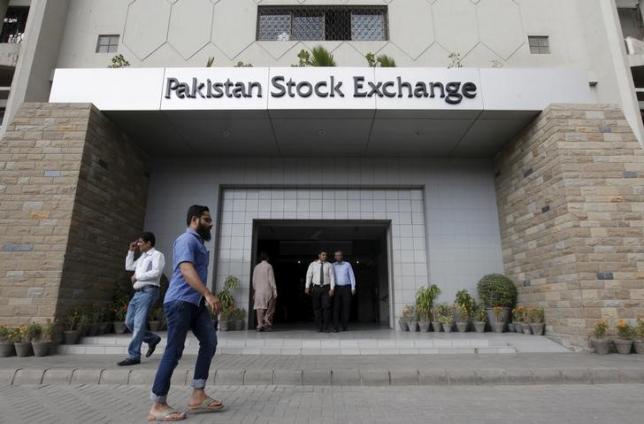
Now that Pakistan will be grouped with the likes of China, India, Brazil, Russia and the United Arab Emirates in the eyes of foreign investors, experts are projecting fresh foreign investment of between $300 million and $800 million over the coming year.
Market participants have prepared themselves for a frenzy of activity based on the experience witnessed in Qatar and the UAE, which were upgraded to the emerging market status in 2013. Both markets rallied more than 40% in the year after the announcement and hopes are strong that the PSX could see a similar re-rating in its multiples.
With the PSX on a stellar run since March, the mutual fund industry has seen very good returns in the same period.
NAFA Stock Fund was the top performer with a return of 14.24% in the first six months of 2016, followed by Lakson Equity Fund returning 12.19% and First Capital Mutual Fund returning 11.64%, whic h is the only fund in the top five with assets under management of less than Rs1 billion.
On the opposite end of the spectrum, Askari Equity Fund and JS Large Cap Fund returned only 4.04% and 3.75% respectively to investors.
However, returns are not the only measure of solid fund management. Finding the right balance between risk and return is of paramount importance not only to asset managers but also to investors seeking to allocate liquidity amongst professional money managers.
Therefore, it is helpful to see the inherent risk present in each fund when compared to its peers and the index.
Volatility is the measure of risk associated with a stock. Lower volatility means that the asset manager took on less risk to generate return while higher volatility leads to more variability in returns, more fluctuation in stock price and increased uncertainty for investors. More risk means a greater chance of making as well as losing money.

Lakson Equity Fund was the least volatile at 12.47% amongst the top five performers over the first half of the year, which means it exhibited the most consistency or stability in its returns, while NAFA exhibited the highest volatility with 13.84%.
Going forward, it will be interesting to see which stocks will provide the most returns in the market and where the incoming foreign investment will be allocated.
Although it is expected that the blue-chip stocks specifically included in the MSCI Emerging Markets Index will drive market returns, it is conventionally advised to diversify across large-cap, mid-cap and small-cap companies.
If the local mutual funds can continue to provide sizeable returns, they may become an attractive destination for the incoming capital and investors looking to diversify across this high-growth market.
Published in The Express Tribune, August 5th, 2016.
Like Business on Facebook, follow @TribuneBiz on Twitter to stay informed and join in the conversation.


















COMMENTS (1)
Comments are moderated and generally will be posted if they are on-topic and not abusive.
For more information, please see our Comments FAQ